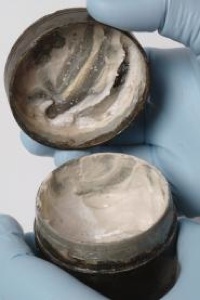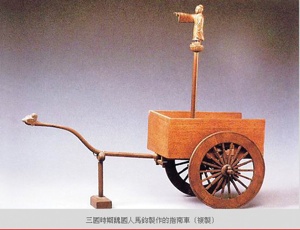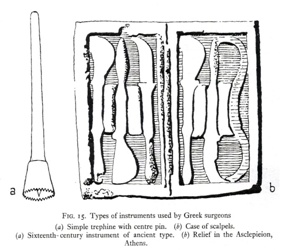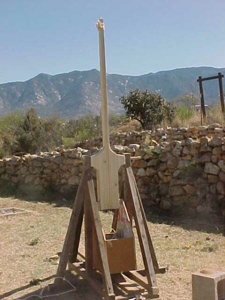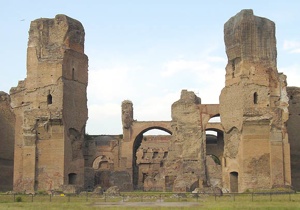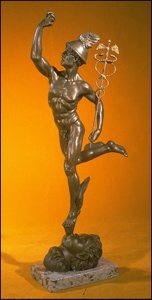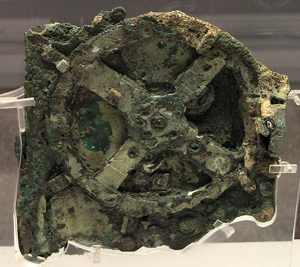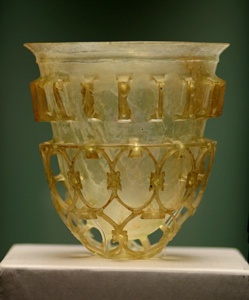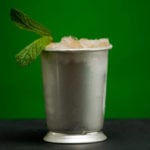 Technology
Technology  Technology
Technology  Humans
Humans 10 Everyday Human Behaviors That Are Actually Survival Instincts
 Animals
Animals 10 Animals That Humiliated and Harmed Historical Leaders
 History
History 10 Most Influential Protests in Modern History
 Creepy
Creepy 10 More Representations of Death from Myth, Legend, and Folktale
 Technology
Technology 10 Scientific Breakthroughs of 2025 That’ll Change Everything
 Our World
Our World 10 Ways Icelandic Culture Makes Other Countries Look Boring
 Misconceptions
Misconceptions 10 Common Misconceptions About the Victorian Era
 Mysteries
Mysteries 10 Strange Unexplained Mysteries of 2025
 Miscellaneous
Miscellaneous 10 of History’s Most Bell-Ringing Finishing Moves
 Technology
Technology Top 10 Everyday Tech Buzzwords That Hide a Darker Past
 Humans
Humans 10 Everyday Human Behaviors That Are Actually Survival Instincts
 Animals
Animals 10 Animals That Humiliated and Harmed Historical Leaders
Who's Behind Listverse?

Jamie Frater
Head Editor
Jamie founded Listverse due to an insatiable desire to share fascinating, obscure, and bizarre facts. He has been a guest speaker on numerous national radio and television stations and is a five time published author.
More About Us History
History 10 Most Influential Protests in Modern History
 Creepy
Creepy 10 More Representations of Death from Myth, Legend, and Folktale
 Technology
Technology 10 Scientific Breakthroughs of 2025 That’ll Change Everything
 Our World
Our World 10 Ways Icelandic Culture Makes Other Countries Look Boring
 Misconceptions
Misconceptions 10 Common Misconceptions About the Victorian Era
 Mysteries
Mysteries 10 Strange Unexplained Mysteries of 2025
 Miscellaneous
Miscellaneous 10 of History’s Most Bell-Ringing Finishing Moves
Top 10 Things You Didn’t Know the Ancients Had
When we think of Ancient civilizations we think of togas, chariots and gladiators. What we don’t think about is flame-throwers, eye surgery and other inventions we take for granted. This is a list of things that the ancients had that you think are modern inventions.
10. Cosmetics
Roman women would put metal compounds on their faces in order to enhance their color. Tin-Oxide or Lead-Oxide was used as a paling agent, Arsenic (Though they knew it was poisonous) as a rouge or blush, and charcoal was used as eyeliner. Romans also were the first to use a pocket mirror.
9. Odometer
Although first used effectively by the Greeks in their measurements between cities, the Romans employed a very simple cart odometer that had 4-foot wheels. Each time the wheel completely turned, a pin would engage a cogwheel one notch out of its 400 teeth. Each time said cogwheel turned, the cart traveled one Roman Mile. (Approx 1400 Meters).
8. Flame-thrower
The Ancient Byzantines first used flame-throwers as a naval device, usually to set alight the rigging and sails of an enemy vessel. Although handheld devices were cumbersome and dangerous, naval ones were much more efficient. Working on a simple siphon pump concept, they would be pumped, and the action would pull flammable liquid out of a reservoir tank, forcing it past an open flame, igniting the spray in a lethal barrage of a panic inducing inferno.
7. Medicines
There is much archeological and historical evidence to support the use of complex medications and medical procedures within the ancient world. Honey was used as a topical antiseptic, Honeysuckle often for spleen problems, horsehair for stitches, fine needles for cataract corrective surgery and maggots for wound cleaning (as they eat dead tissue). Most medical procedures used today haven’t changed significantly in several thousand years. Boils are still lanced, drained, cleaned and closed, bones are still set, and teeth are still pulled, although pain medication has come a long way.
6. Biological Weapons
With the increase in medical knowledge through the ages, there has also been a markedly increased reverse engineering of the same knowledge to produce biologically based warfare tactics. In medieval times, besieging armies would hurl rotting carcasses into a city with catapults and trebuchet. Farther ago, there is evidence that plagued prisoners were thrown into rivers and streams leading to a city, poisoning it’s water supply and demoralizing the defending forces.
5. Heated Indoor Swimming Pools
The Baths of Caracalla were one of the largest bathing complexes built in ancient Rome. The baths boasted both heated and cooled rooms, heated and cooled baths, a gymnasium for sports and a “hat check room” where garments and personal effects were held under guard by a slave. An ingenious network of under-floor rooms and tunnels, coupled with heating furnaces arrayed around the lot, created the marvelous thermal differences used by the patrons.
4. Postal System
Ancient postal systems were normally used either for official business conducted by the government or by the military. They were often the fastest form of information conductivity available.
3. Concrete
The Romans are credited with inventing ‘modern’ concrete as a building material. It was a completely revolutionary material at the time. It was lightweight, extremely strong, dried underwater and highly pliable when wet. The basic components of concrete haven’t changed in several thousand years and, in some ways, Roman concrete is superior to that which is used today.
2. Mechanical Astrological Calculator
The earliest known example of a mechanical calculator used in the calculation of astronomical objects is the Antikythera Mechanism. Its gears were used to compute the position of the Sun, Moon and possibly other astrological objects. It’s complexity rivals that of clocks produced in the 1700’s. The Antikythera Mechanism was produced sometime between 150 and 100 BC.
1. Glassware
The earliest known use of glassware occurred in Ancient Mesopotamia. Its use was later copied and refined by several civilizations including, but not limited to, the Romans, Greeks and Egyptians.
Contributor: Levi
